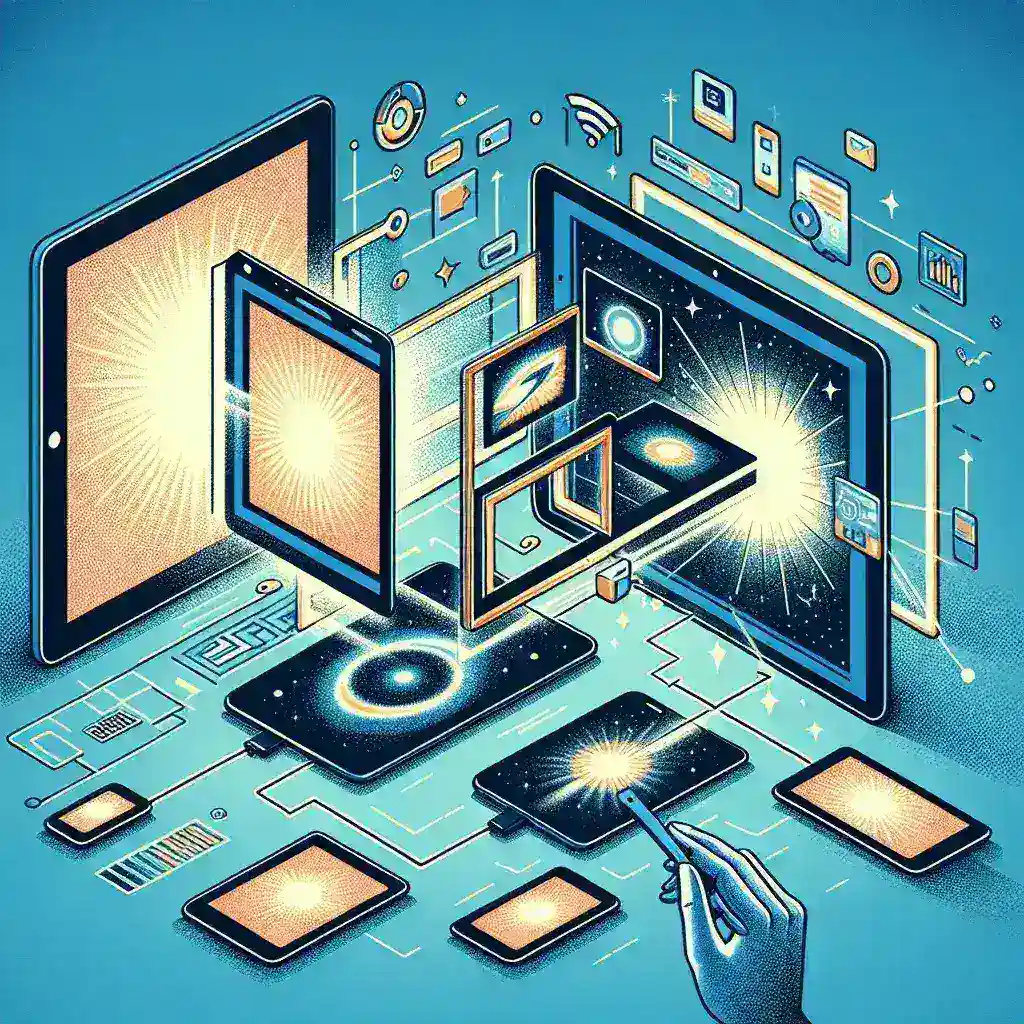The market for tablets has seen significant transformations in recent years. One notable trend is the introduction of tablets with expandable screens or attachable second displays. These innovations cater to a variety of users, providing more functionality and versatility than traditional tablets. But what drives this trend? In this article, we will explore the reasons behind this innovation, its benefits, market demands, and the technology propelling it forward.
Table of Contents
- Benefits of Expandable Screens and Attachable Displays
- Market Demand and User Preferences
- Technological Advancements
- Future Trends
Benefits of Expandable Screens and Attachable Displays
Expandable screens and attachable second displays offer several benefits:
- Increased Productivity: Multiple displays or larger screens make multitasking easier. Users can work on two different applications simultaneously, improving productivity.
- Enhanced Gaming Experience: Gamers benefit from a larger display, providing an immersive experience.
- Flexible Usage: Expandable screens allow users to switch between a compact mode for portability and an expanded mode for a larger workspace.
- Improved Entertainment: Watching movies, browsing the web, or reading e-books can be more enjoyable on a larger screen.
Comparison of Standard Tablets vs. Expandable Screen Tablets
| Feature | Standard Tablets | Expandable Screen Tablets |
|---|---|---|
| Screen Size | Fixed | Dynamic |
| Portability | High | Variable |
| Cost | Generally Lower | Higher |
| Productivity | Moderate | High |
Market Demand and User Preferences
The demand for expandable screens and attachable displays is driven by user preferences and market needs. Here’s why:
- Business Professionals: Professionals who rely on multitasking, such as designers, editors, and marketers, find these features indispensable for their daily tasks.
- Remote Work Surge: The increase in remote work has led to a higher demand for devices that can serve both personal and professional needs.
- Educational Purposes: Students and educators benefit from additional screen space for online classes and assignments.
- Entertainment Seekers: Consumers looking for better entertainment experiences prefer larger screens for streaming and gaming.
Technological Advancements
Several technological advancements have made expandable screens and attachable displays possible:
- Foldable Screen Technology: Development in flexible OLED displays has enabled screens that can fold, bend, and expand.
- Advanced Hinge Mechanisms: These hinges allow screens to fold seamlessly without visible creases, making the transition between modes smooth.
- Improved Battery Efficiency: New batteries are lighter and more efficient, ensuring that larger screens do not drain power quickly.
- Software Optimization: Enhanced software support for multiple displays ensures a seamless user experience.
Key Technological Innovations
| Technology | Description |
|---|---|
| Flexible OLED Screens | Screens that can bend and fold while maintaining display quality |
| Hinge Mechanisms | Allow seamless folding and unfolding of screens |
| Battery Efficiency | Newer, more efficient batteries support larger screens |
| Software Enhancements | Optimizations for multi-display functionality |
Future Trends
The future looks promising for tablets with expandable screens and attachable displays. Some trends to watch include:
- Price Reductions: As technology advances, expect prices for these tablets to become more affordable.
- Enhanced Durability: Future designs will likely enhance the durability and lifespan of expandable screens.
- Broader Adoption: More manufacturers will embrace this technology, leading to wider availability and more options for consumers.
- Integration with Other Devices: Seamless integration with smartphones, laptops, and other smart devices could enhance user experiences further.
In summary, expandable screens and attachable second displays are transforming the tablet market. They cater to a diverse range of users, enhancing productivity, gaming, and entertainment experiences. Driven by user demand and bolstered by technological advancements, these features are set to become standard offerings in the near future.

